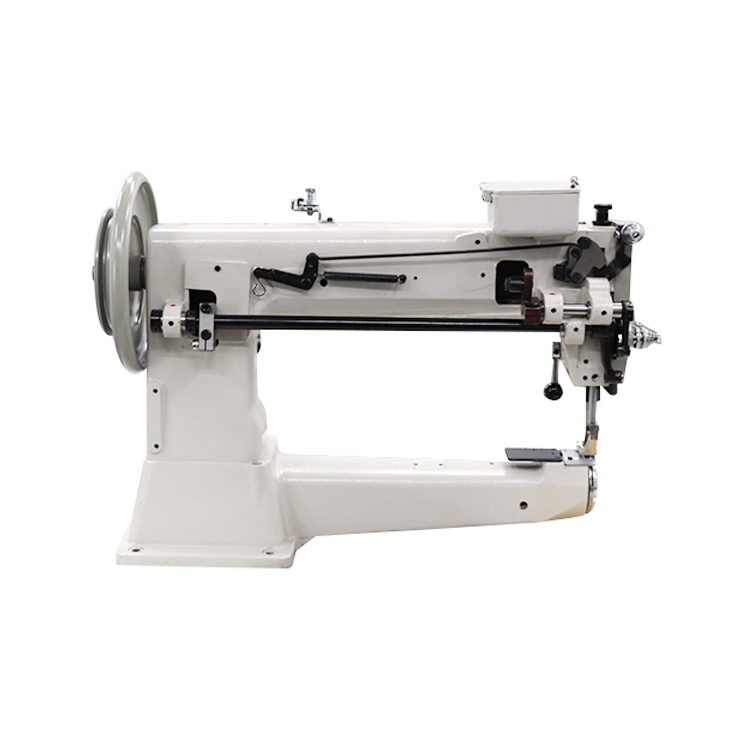leather hand stitcher
The Art of Leather Hand Stitching Craftsmanship and Tradition
In a world dominated by mass production and automation, there exists a timeless craft that has endured the test of time leather hand stitching. This ancient technique is not merely a method of sewing; it is an art form that encapsulates tradition, skill, and a deep appreciation for quality craftsmanship. A leather hand stitcher is someone who embodies this passion, transforming raw leather into exquisite, durable goods that speak to the soul of the craft.
At first glance, leather might seem like a simple material—just another piece of hide. However, it is the backbone of a rich history filled with stories and cultures. Leather has been used for centuries in various societies, from clothing to armor, and its significance continues in modern times through accessories, footwear, and furniture. Hand stitching adds an intimate touch to leather goods, allowing artisans to create unique pieces that reflect their individual styles and perspectives.
The process of leather hand stitching is labor-intensive, requiring not only skill and precision but also patience and an eye for detail. The first step involves selecting high-quality leather. Craftsmen often prefer full-grain leather for its durability and natural look. Once the leather is chosen, it must be cut to the desired shape, often with traditional tools to ensure clean and accurate lines.
Next comes the stitching itself, which is where the magic happens. Hand stitchers typically use a saddle stitch technique, renowned for its strength and elegance. This method involves two needles, one on each end of a length of thread, threaded simultaneously through the same hole. This creates a locked stitch that is not only functional but also aesthetically pleasing. The process is methodical; each stitch must be evenly spaced and tensioned to ensure that the finished product is as beautiful as it is durable.
leather hand stitcher

The tools of the trade are simple yet essential. A keenly crafted awl, for making holes in the leather, a stitch marker for marking the stitching line, and waxed thread for added durability are just a few examples. Each tool has its own technique and purpose, allowing the hand stitcher to work with purpose and precision.
In addition to physical skills, a leather hand stitcher must have a deep understanding of the material. Leather can be temperamental; it behaves differently depending on its thickness, texture, and treatment. A skilled artisan knows how to manipulate these properties to enhance the final product. They must also take into account the design and functionality of the item they are creating, whether it's a wallet, bag, or belt.
Moreover, the beauty of leather hand stitching lies in its individuality—no two pieces are identical. The stitching can be adjusted in color, pattern, and style, making each item a personal statement. This uniqueness adds value, as customers are not just purchasing a product; they are investing in a piece of craftsmanship with its own story.
Furthermore, the resurgence of interest in handmade goods reflects a broader cultural shift toward sustainability and authenticity. Consumers are increasingly seeking products that are not only aesthetic but also ethical and sustainable. Hand-stitched leather goods often use fewer synthetic materials and have a lower environmental impact compared to mass-produced items.
In conclusion, leather hand stitching is more than a craft; it is a living tradition that combines skill, passion, and an appreciation for quality. A leather hand stitcher creates not just functional items but works of art that tell stories and stand the test of time. In embracing this old-world craftsmanship, we not only honor the artisans behind the work but also rekindle a connection to the past, celebrating the intricate relationship between the maker and the made. Whether you own a hand-stitched wallet or bag, you possess a piece of history, emotion, and dedication wrapped in leather.
-
Boost Production Efficiency with a Pattern Sewing MachineNewsAug.29,2025
-
Industrial Excellence with the Best Heavy Duty Sewing MachineNewsAug.29,2025
-
Precision and Power with the Best Pattern Sewing MachineNewsAug.29,2025
-
Reliable Bulk Packaging Starts With the Right FIBC Sewing MachineNewsAug.29,2025
-
Advanced Packaging Solutions: Elevate Productivity with Jumbo Bag Sewing Machine and Industrial Stitching EquipmentNewsAug.29,2025
-
High-Performance Solutions for Bulk Packaging: FIBC Sewing Machine and MoreNewsAug.29,2025
-
Maximize Efficiency with an Industrial Cylinder Arm Sewing MachineNewsAug.28,2025


























